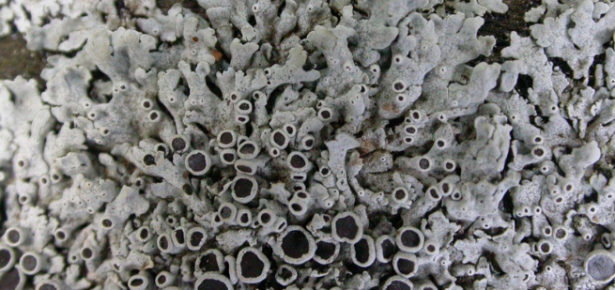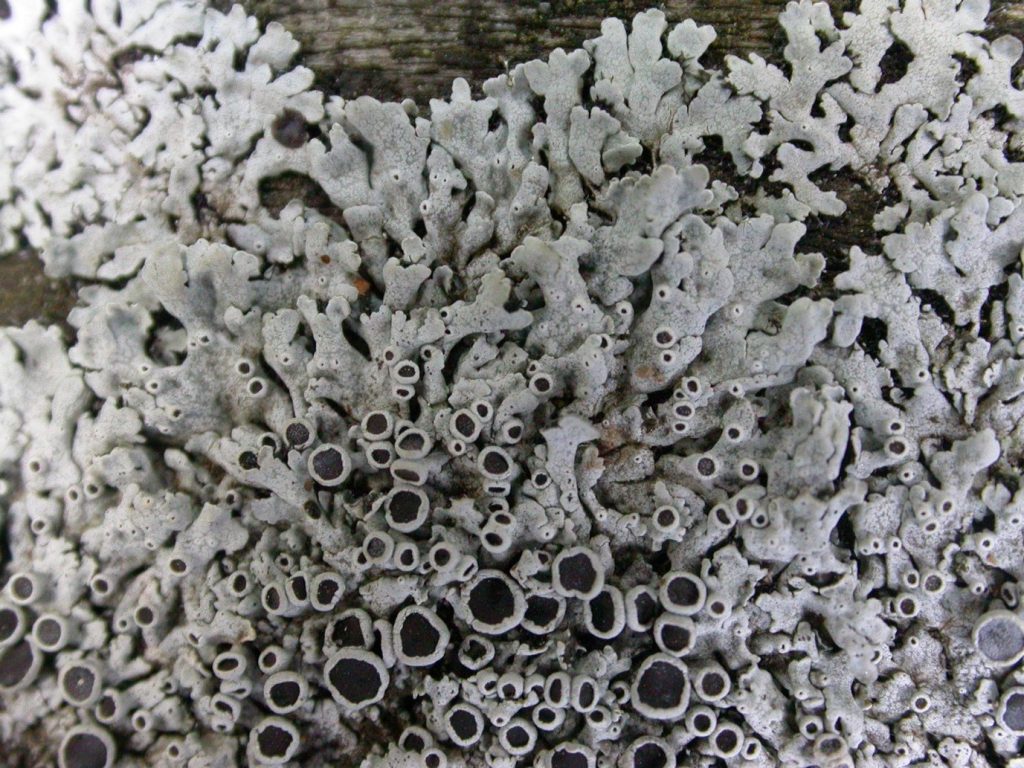
The essence of biological complexity is communication – a transmission of information between the component parts of an association. But what is the nature of this information and how do genomes co-operate to form a complex web?
One such literal web is an intimate and mutually beneficial symbiosis formed between the thread-like mycelia of a fungus and many plants. The mycelia form networks – ‘wood-wide nets’ of mycorrhiza – that underlay woods and forests and colonise the roots of many plants. The fungus benefits from this association by receiving sugars generated by photosynthesis in the host and, but at the same time, provides scarce nutrients – for example, phosphates – to the plant.
A crucial question is how do these partners find each other and then facilitate this symbiosis? A recent study provided evidence that for one mycorrhizal fungus this complex process is facilitated by the transfer of a minute fragment of genetic information from the fungus to the plant root prior to actual contact. This fragment is a micro-RNA, which has the potential to switch off the activity of a suite of genes by interfering with the translation of specific messenger RNAs into protein. The mycorrhizal micro-RNA likely targets genes that confer immunity to fungal ‘attack’ but by doing so enables the formation of an intimate association between the partners. A prime example of cooperating genomes. Nevertheless, the technique can be a two-edged sword as it can also be used by pathogenic moulds to gain a foothold in plant tissues.
Mycorrhiza not only participate in a mutual sharing of resources, but also like long underground optic fibres, enable connected plants to communicate with each other. In this way, the mycorrhizal conduit can provide early warning of an aphid attack on one plant to other plants in the network enabling them to prepare their defences. But this is not the only means of communication. Plants, being consummate chemists, can also signal by volatile organic compounds released from their leaves on herbivore assault. Not only can these repel the attacker but they also serve to alert neighbouring plants and can attract parasitoid wasps or even a lizard (in the case of a moth caterpillar, the tobacco hornworm) that prey on the munching army.
Fungi also participate is other remarkable associations. Lichens, for example, are paradigms of complexity. The simplest consist of a fungus and a photosynthesising alga but some may be comprised of a variety of organisms – a veritable community. In these associations, the fungus provides the structure to enable the lichen to survive – in some cases in the harshest terrestrial environments – while the alga harvests light energy from the sun. At least half of known fungi are capable of forming a lichen, a process which requires a specific suite of genes to be switched on. The mechanism remains obscure but it is tempting to speculate that the initial steps in lichenisation may, as for mycorrhiza, require the participation of a micro-RNA.
Yet another remarkable association is the enslavement of leaf-cutter ants by a subterranean fungus. Here the leaf-cutters cut and convey leaf fragments to the fungus to digest. The fungus in turn provides food, in the form of mini-mushrooms, to sustain the ants. The communicating signals are likely purely chemical with the ants being controlled by a pheromone-like compound(s) synthesised by the fungus. Not surprisingly the plant whose leaves are being cut is not entirely passive and responds by synthesising a toxin, which distresses the fungus, which then responds in turn by directing the ants to collect leaves from an unsullied plant.
The many varied examples of interactions between different organisms illustrate how co-dependence can evolve – it may involve at the most basic level the sharing of genetic information, or the genome-encoded production of specific chemicals and proteins, or, in yet other examples the co-evolution of morphological characteristics adapted for an obligatory co-existence. The result is the amazing panoply of biological complexity we see today..

Notes:
Title: Why DNA?
Author: Andrew Travers
Paperback ISBN: 9781107697522
Hardback ISBN: 9781107056398
Latest Comments
Have your say!